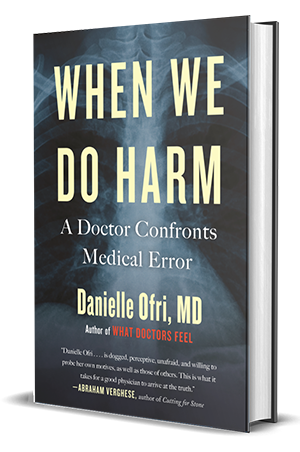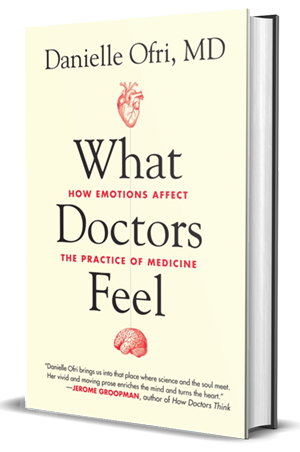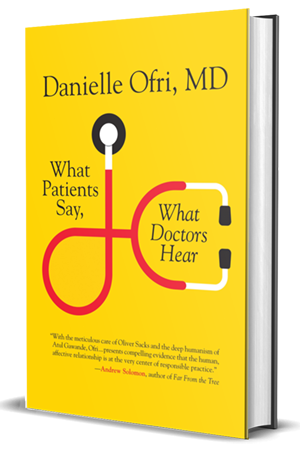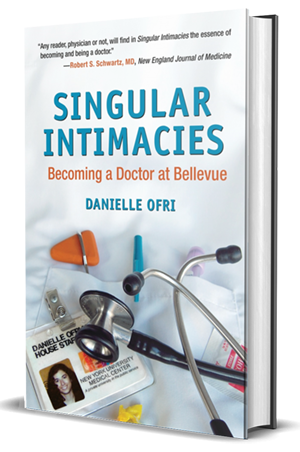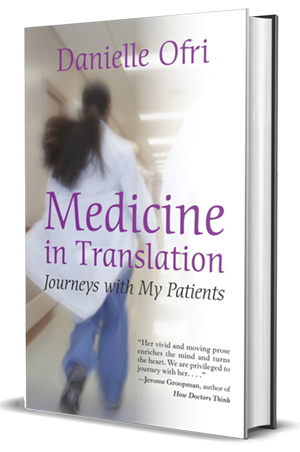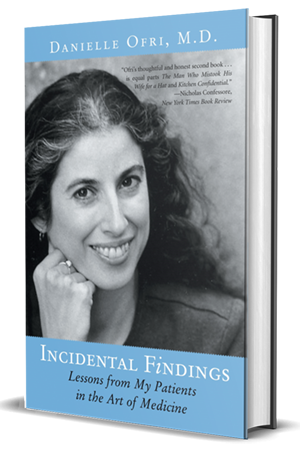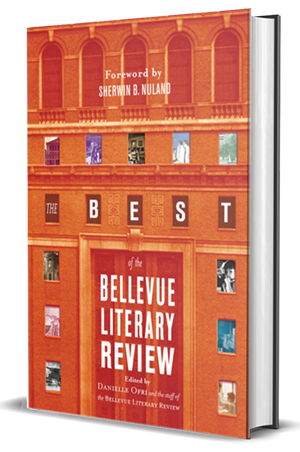doctor-patient connection
The Curious Side Effects of Medical Transparency
We demand transparency in government, charitable institutions, nutrition labels, and middle-school grading rubrics. The medical record should be no different. And yet, in writing medical notes in this new age of full medical transparency, I can feel an awkwardness creeping in. There is something disquieting about knowing that my every word might be scrutinized. More
Danielle Ofri interviews playwright Sarah Ruhl
Sarah Ruhl–acclaimed playwright, two-time Pulitzer Prize finalist, MacArthur “genius” — joins BLR editor-in-chief Danielle Ofri for a fascinating conversation about her life, her career, and her extraordinary journey to reclaim her own face. Her book, “Smile,” was a New York Times best-seller. More
Serving Patients Through a Screen
Years ago, when telemedicine first edged into my clinical consciousness, I pooh-poohed it as a second-rate simulacrum, valuable perhaps for rural communities lacking access to specialists, but otherwise hardly worth the crinkly exam paper it was replacing. I’ve staked my entire career on the irreplaceable value of the connection between patient and clinician. But I’ve changed… More
Memorializing Covid
COVID-19 does not seem amenable to grand memorials, at least right now. Perhaps because the millions of deaths from COVID-19 have been diffused so widely, often in isolation—and of course still ongoing—the memorials that are starting to crop up are very human in scale. More
“What Doctors Feel” in Chinese
你好 Nǐ hǎo! Beacon Press is excited to announce that “What Doctors Feel” is now available in Chinese! More
How to Improve the Doctor-Patient Relationship
Danielle Ofri talks with Elena Sung from the “Power of the Patient Project” about how to improve the doctor-patient relationshipe. More
“What Doctors Feel” in Korean
안녕하세용 Ann-yeong ha-seyo! Beacon Press is excited to announce that “What Doctors Feel” is now available in Korean! More
Art & Anatomy
The “art of medicine†is a term that is used—sometimes disparagingly—to refer to the non-technical skills of medicine. Artistic rendering enables us to appreciate the emotional grappling one must do in the world of anatomy and in the larger world of medicine. More
Viva Italiano!
Ciao! We are thrilled that “What Patients Say, What Doctors Hear” is now available in Italian. Grab an espresso and your copy of “Cosa dice el malato, cosa sente il medico.” More
One Last Visit to See My Patient
My 91-year-old patient and I had been together for some 20 years—honestly I’d lost count—so visiting her at home, even in the torrential rain, was the least I could do. More
Why Medicine Needs Poetry
“When patients come to us with headache, and stomach pain, and foot pain, and 300 other issues, they are really speaking in metaphor. We may call it somatization disorder, or write them off as “complainers,” but in fact, it is metaphor. To be skilled clinicians—and to get the right diagnosis—we must be able to interpret our patients’ metaphors.” More
“What Doctors Feel” in Japanese
こんにちわ Kon’nichiwa! Beacon Press is excited to announce that “What Doctors Feel” is now available in Japanese!. More
Patients Need Poetry…And So Do Doctors
Sometimes it is the things we deem least practical that wield the most power. In fact, poetry’s impracticality may be its strength. By being just words on a page, it isn’t expected to pull the weight of chemotherapy, antibiotics, or an MRI machine. So when a poem does pack a punch, we’re often bowled over. More
Creativity in Medicine
“What are you doing creatively these days?” It’s not a question you hear commonly. Medicine is a field with a strong history of creativity, but its daily practice feels less and less creative More
Chekhov and Public Health
At first glance, it might seem odd that a public health journal would initiate a section about arts and humanities. Public health, after all, deals with populations; it eschews the individual except as it forms one of a group. The creative arts, however, deal almost exclusively with individuals. Literature, in particular, always has a protagonist, and the protagonist is never ‘alcoholics with pancreatitis,’ ‘female prisoners receiving hepatitis B vaccination,’ ‘South Asians with cardiovascular risk factors,’ ‘UK asylum seekers with infectious disease,’ or ‘teenaged asthmatic smokers.’ A protagonist is an individual.
More

